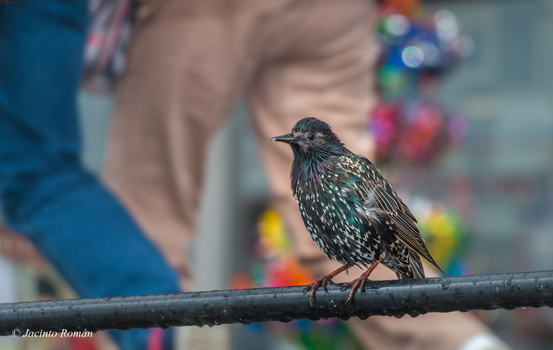The process of urbanization can lead to specialist species being replaced by generalist species in space and time, increasing similarity among bird communities. This phenomenon is termed biotic homogenization and is directly related to taxonomic and functional diversity. However, the effects of urbanization on phylogenetic diversity remain unclear. This study addresses the effects of the process of urbanization on the evolutionary distinctiveness (a quantitative measure of the genetic or evolutionary uniqueness of species) of bird communities. Mixed models were used to compare the effects of urbanization on the evolutionary distinctiveness of bird communities in rural and urban environments in six different European cities from different ecoregions. The study presents unique large-scale evidence of a negative impact of urban environments on the evolutionary uniqueness of birds. Compared with bird communities in rural environments, bird communities in urban environments have lower average evolutionary distinctiveness in all countries, independent of ecoregion, and these values are unrelated to the taxonomic diversity present in each country. Findings provide important information on the spectrum of effects on global biodiversity of changes in land use related to the process of urbanization. Therefore, urban environments are a factor of concern for maintaining diversity across the tree of life of birds, suggesting that urbanization planning could help buffer against extreme loss of phylogenetic diversity caused by this process. informacion[at]ebd.csic.es: Morelli et al (2016) Evidence of evolutionary homogenization of bird communities in urban environments across Europe. Global Ecol Biogeogr 25: 1284–1293 doi:10.1111/geb.12486


 Las altas temperaturas están provocando que las lagunas y las marismas de Doñana pierdan agua rápidamente
Las altas temperaturas están provocando que las lagunas y las marismas de Doñana pierdan agua rápidamente




